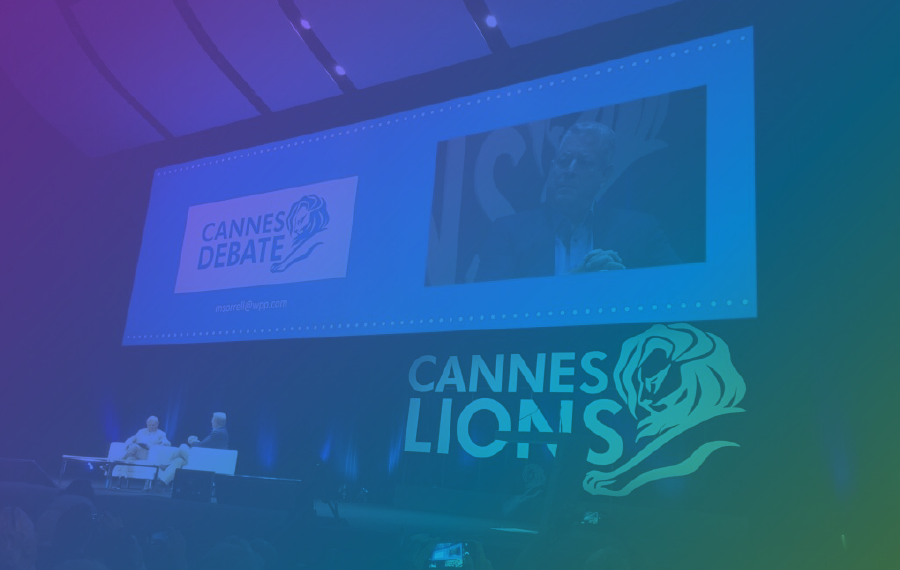When I walked into the Grand Auditorium at Cannes Lions last week to see Al Gore present, I was intrigued. Not necessarily because I knew I would be hearing about the global impact of pollution (which is interesting to me as well), but mostly because my feeling was “What does Al Gore know about innovative advertising?” Which was a common thought during some of these celebrity sessions, but I digress.
Gore’s speech actually turned out to be pretty interesting, and left me with some business musings. At the core of the presentation was, of course, his passion project: the environment and global pollution. Some of the (mostly frightening) stats he shared include:
- Every day the world puts out 100 million tons of pollution
- The earth traps as much extra heat energy as would be released by 400k Hiroshima bombs every day
- There are more cell phones than toilets in India (!), and Delhi has worse pollution than either Beijing or Shanghai
Gore also touched on the climate denial industry and compared them to the tobacco propagandists of yesterday. Big brands with big budgets come in and push propaganda out to sway the mindset of the public and redirect power from informed, engaged citizenry. He urged the government to trust in the people and listen to how the collective conversation takes place, in this case, digitally and on social networks.
But my favorite thing Gore talked about was evaluating the true value/cost of a business.
Most people reading this will remember the BP oil spill of 2010. The spill had massive ramifications on lives, the environment, health of both wildlife and humans, economy, etc. and the impacts are still felt today. Gore pointed out that even with this massive, unmeasurable error, the impacts don’t tick alongside BP on Bloomberg.
In the age of increasing measurability, how do you truly judge the “cost” of a company? What is the true value of a business? A brand? Marketing?
For the past decade give or take, the convergence of marketing and IT has been pushed down our throats, and with this shift the marketer has become undeniably more measurable. And while things like events, coupons and white papers can be traced directly back to leads generated, opportunities created and deals signed, I’m going to argue that there are still certain marketing efforts to which you just can’t tie ROI.
Take for example, any investment in your brand proper. How do you know the impact of a small investment vs. a big investment in your style guide, font choice, designer? I’m not discounting investment in brand at all—no one is going to buy anything from a company that doesn’t look legitimate. I’m not even arguing for small investment because I love innovative, good branding as much as the next person. But my question is, how can you be sure your brand is growing because you made a huge investment in brand marketing, and not just because people love your product?
Another session I attended brought together a panel of marketers from Avon, Quaker Oats and Hershey’s to discuss the impact of being a purposeful brand (in this case, purposeful meant charitable or focused on giving back to the community). All three brands attributed YOY revenue growth to being a purposeful brand. But is their increased revenue some sort of consumer karmic “thank you,” or do people just really like chocolate?
I suppose in a perfect world, it’s a marriage of the two factors—people love your product and are also comforted, excited, touched or at least moved down the funnel by your marketing and branding. But the fact of the matter is, while most marketers like to think they can measure return on the majority of investments, I don’t think it’s quite that simple.
Can you truly put a cost value on a business, much less marketing? How can you be so sure?


Recent Comments